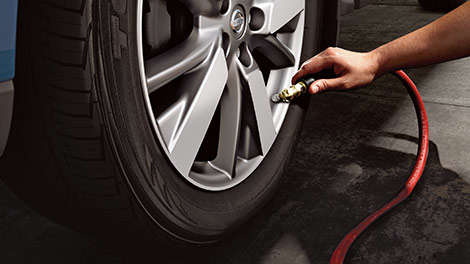Recent Articles
Popular Makes
Body Types
Tires 101
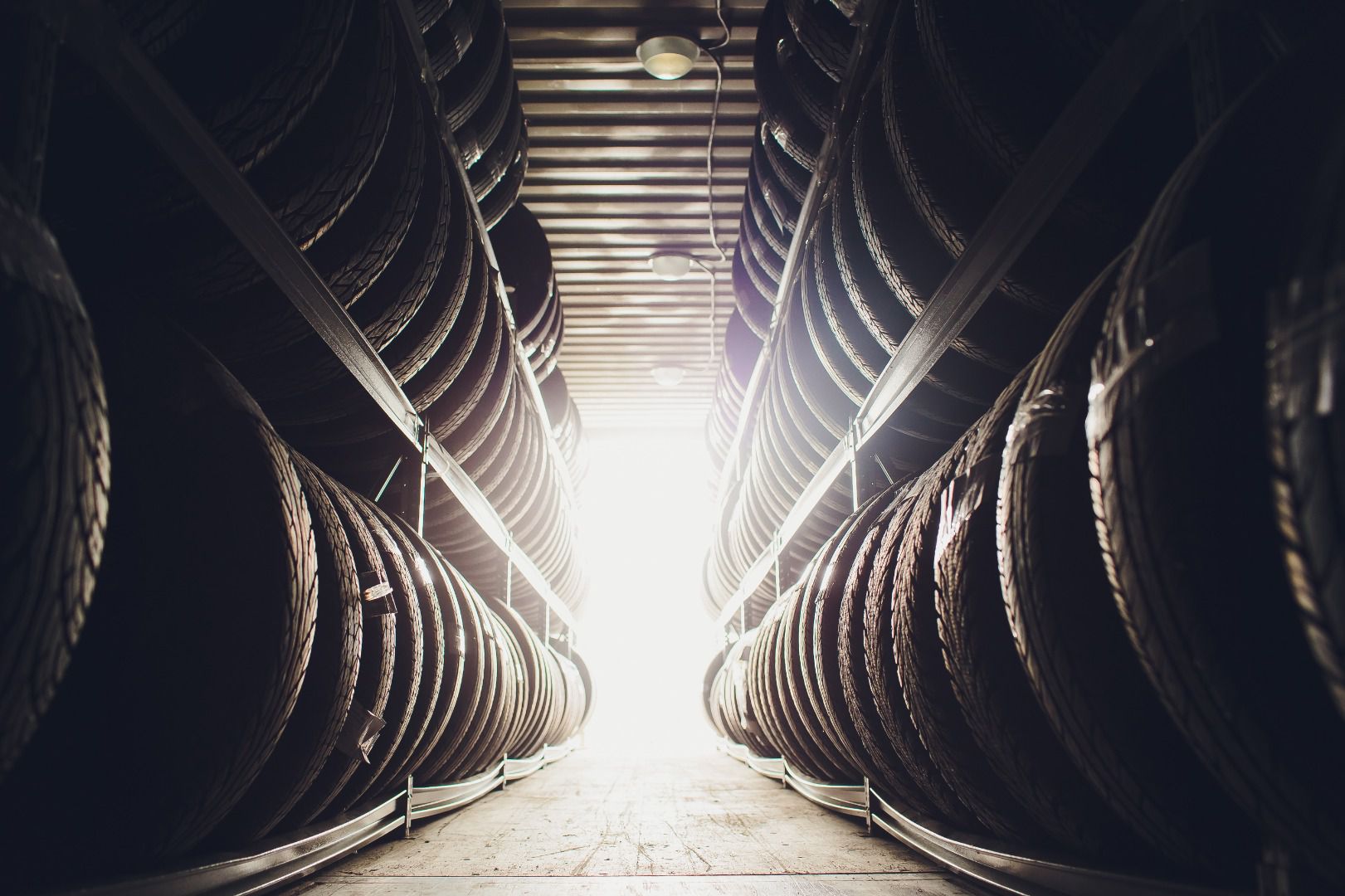
AdobeStock 259645313 ・ Photo by Adobe Stock
Your car's tires don't get much attention, but they're one of the most important parts of your car. They're a critical safety feature, and they make the difference between a smooth, pleasant ride and a stressful or even dangerous trip.
What most people have forgotten is how good today's tires are compared to those used in the past. Flat tires used to be a regular occurrence, and many drivers carried two spares just to take a drive of a couple hours. Now tires routinely last tens of thousands of miles, and they're almost as good at the end of their life as they were at the beginning. Yet as good as they are, tires are a consumable part of the car. They are designed to wear out over time and mileage. Sooner or later, you'll be buying new tires. Click through for more information that will help you make the best choice for your car and your safety.
The Difference Between All-Season and Summer Tires
Tires come in a wide variety of styles and purposes, and it can be confusing to walk into a tire store and see hundreds of different tires on the wall. From the beginning, it pays to know what you need.
Most vehicles need a basic all-season road tire. There are different tires for cars, trucks, and SUVs, but we'll get to that later. For now, the first distinction is between summer tires and all-season tires. Summer tires put more rubber on the ground and are designed more for high-performance cars. They offer increased grip in acceleration, braking, and hard cornering, provided the pavement is clean and dry. All-season tires offer more grooves to expel water, which makes them better in the rain. Summer tires will more easily slip and spin on wet pavement or any unpaved surface. As a general rule, all-season tires also yield better fuel economy, since they have less rolling resistance than a summer tire.
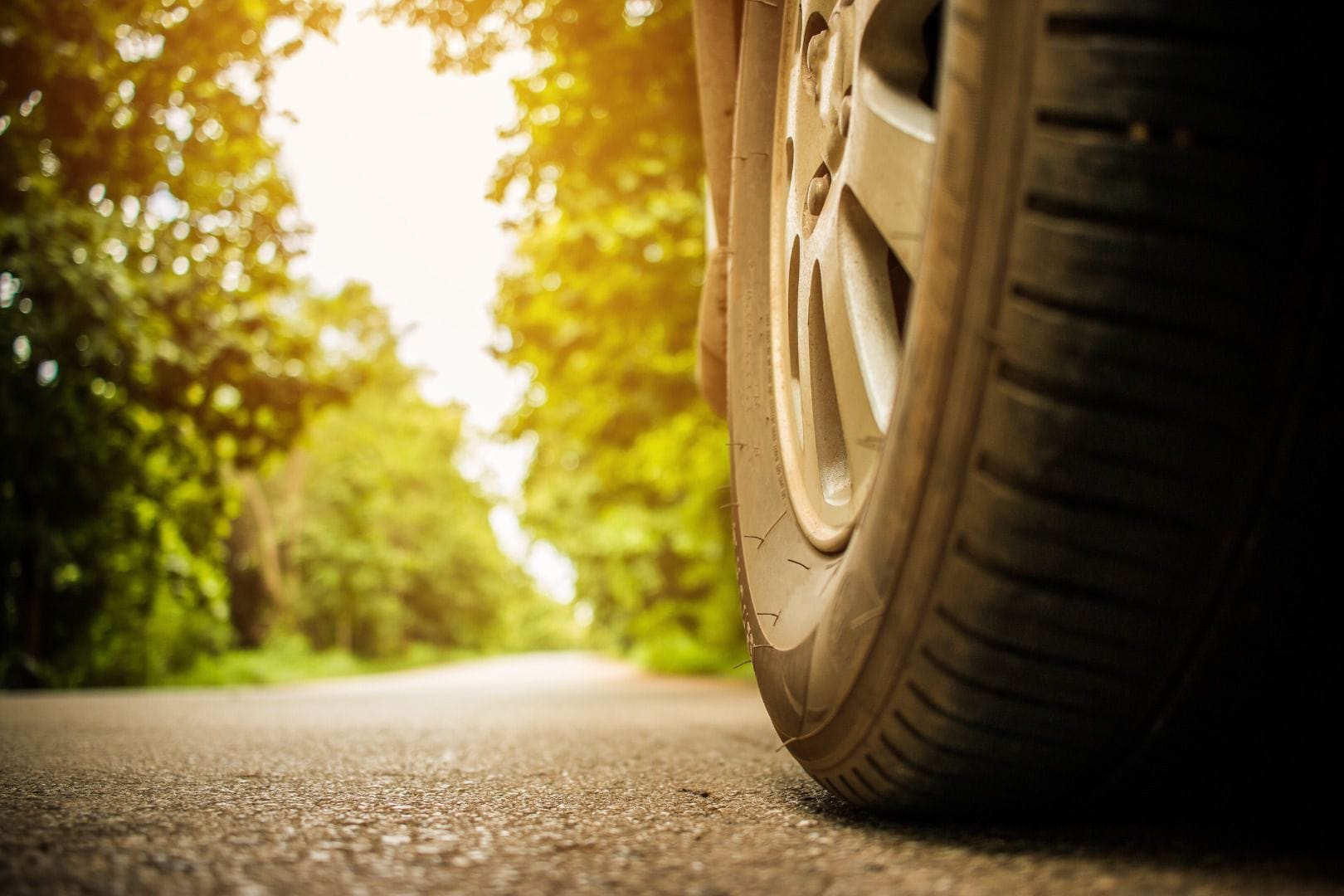
Photo by Smolaw-Adobe Stock
Winter and All-Weather Tires are Special
If it snows, or just gets down to freezing temperatures where you live, you will want special winter or all-weather tires. Most drivers in those climates keep a spare set of winter tires mounted on wheels and just change over when temperatures drop.
Winter tires can be identified by the "three-peak mountain and snowflake" insignia on the sidewall. If that symbol is not present, it's not a winter tire. Some winter tires are studded with little metal brads that help with traction on icy surfaces, while others are studless. Studless winter tires do not damage roads, so many states limit the use of studded tires. However, all winter tires use softer rubber, which means they will wear out quickly if used for warm-weather driving. A newer all-weather class of tires can be used year-round. These tires carry the three-peak mountain and snowflake symbol, but they also offer good traction in rain and in dry warm weather.
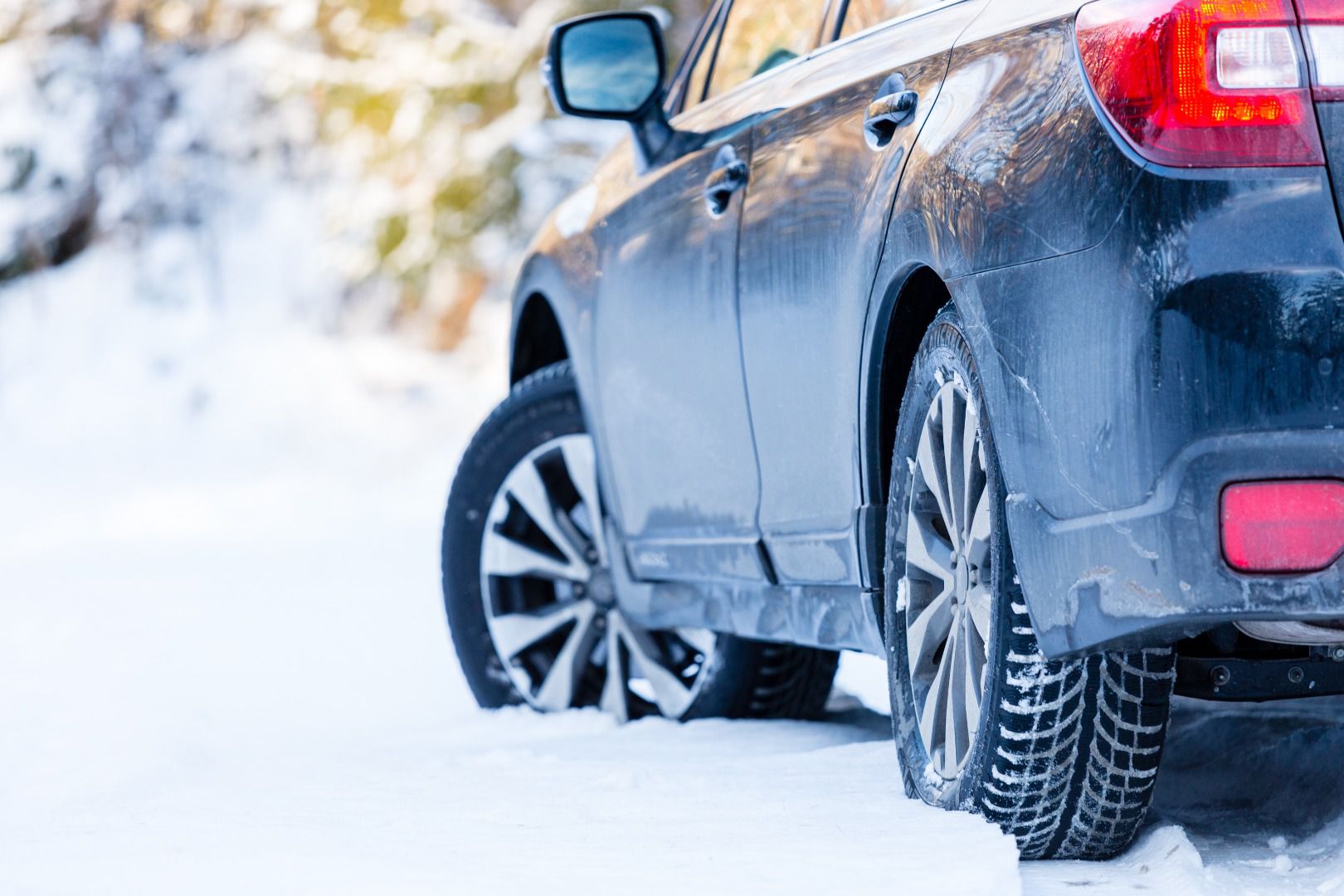
Photo by Michal Palka Photography
What About Run-Flat Tires?
Some cars are designed without any provision for a spare tire. In some cases, automakers fit these cars with "run-flat" tires. These are tires with an exceptionally stiff sidewall, so that even if the tire gets a puncture and loses air pressure, you can still drive on the tire safely — at least for a short time at a reduced speed. Most vehicles with run-flat tires (including any car made since 2008) also include a tire pressure monitoring system, to let you know when a tire has lost pressure.
Run-flat tires are very convenient, but there's always a tradeoff. The downside of run-flats is that they often deliver a noisier and harsher ride because of those stiff sidewalls. Drivers looking for performance often replace their run-flats with conventional tires, despite the risk of a flat. Run-flat tires are also more expensive once they do need replacement.
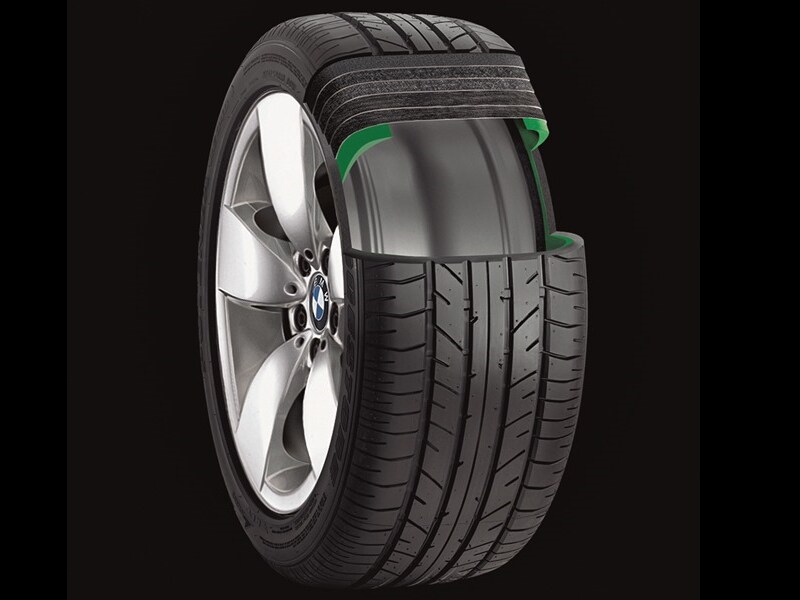
Photo by BMW
Are These Tires the Right Size?
Your vehicle is designed to use tires of a particular size, and if you vary from that size, you might have problems. Tires that are too large may rub against the bodywork or suspension components, and may negatively affect your fuel economy and steering. Tire size information is complicated, but there are three numbers that really matter, and they look something like: P225/60R-16
The first letter, P, indicates a passenger car tire. SUV and pickup tires will generally have LT (Light Truck) instead of P. The next set of three numbers are the "nominal section width" of the tire in millimeters, measured at its widest point. Then there's a slash and the next number is the "aspect ratio," or the ratio of the height of the sidewall to the width of the tread area. Aspect ratio numbers go up to 82, but the most common sizes are 50 to 70 for modern vehicles. Then there's a speed rating (usually R for all-season tires) and then a dash followed by the wheel size in inches. You can find the manufacturer's specified tire size for your car on a sticker placed on the driver's door jamb. This sticker tells you the correct tire specification code and how much air pressure to use.
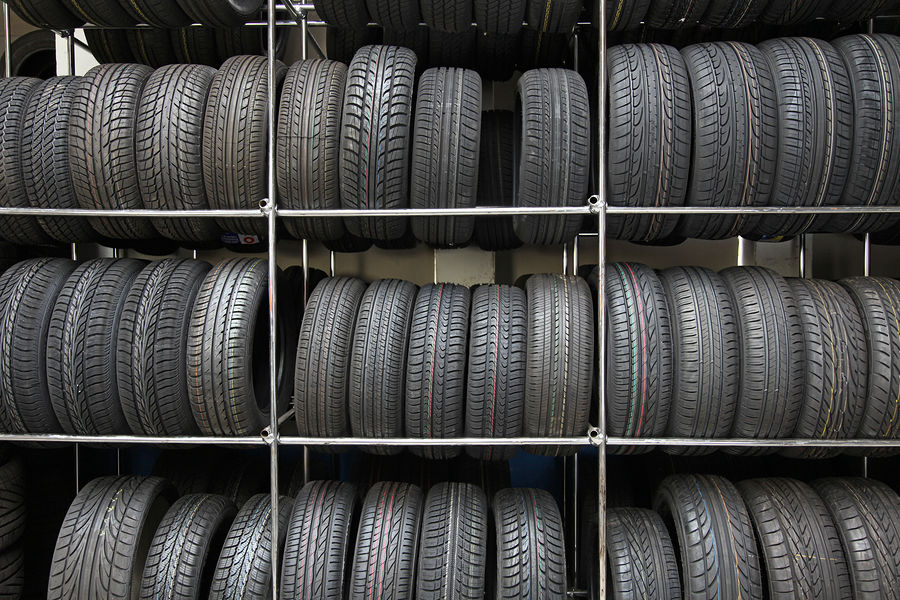
Photo by Adobe Stock
What Was That Speed Rating About?
The second letter in the tire specification code is a speed rating. Tires spin around very fast at highway speeds, and high-performance cars on racecourses can hit speeds several times the legal highway limit. The speed rating on any tire is the fastest speed in miles per hour that the tire can safely manage. Beyond that speed, centrifugal force prevents safe operation and can even tear the tire apart.
Most all-season passenger car and light truck tires carry an R speed rating, good up to 106 mph, which is faster than most people will ever drive. The lowest rating is A1, good for 3 mph, and ratings go up by letter through ZR, which is rated for more than 186 mph.
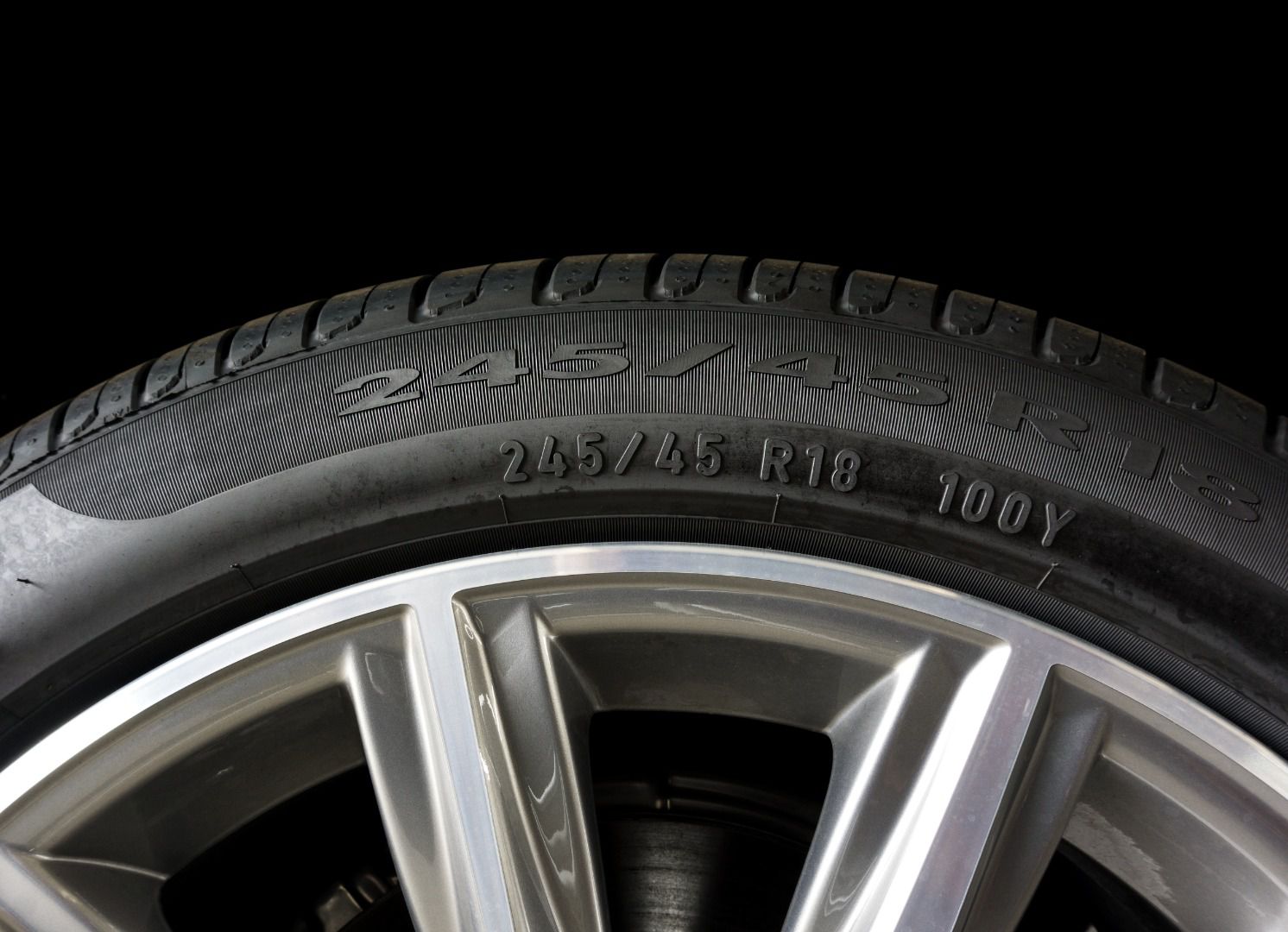
Photo by Adobe Stock
What Do All Those Other Letters Mean?
Now that you're looking at the side of the tire, you've probably noticed that there are a lot more letters and numbers embossed there. These coded numbers and letters offer more detailed information about the tire. The Uniform Tire Quality Grading (UTQG) code describes the tire's temperature, treadwear, and traction grades. Unless you're buying racing tires for a particular purpose, you probably won't have to worry about these too much. Most tires designed for street use offer a balanced design for all these factors. Tires with higher mileage ratings typically offer lower traction and higher treadwear ratings.
One number to look for if you're buying used tires or new tires that have been on a shelf a long time is the date code. This tells you when the tire was made. The code starts with DOT (for Department of Transportation) and the last four digits tell you the week and year it was made. For example, a tire with 1015 was made in the 10th week of 2015, or about mid-March. This is important because tires lose flexibility with age. Most experts recommend replacing tires that are more than six years old.
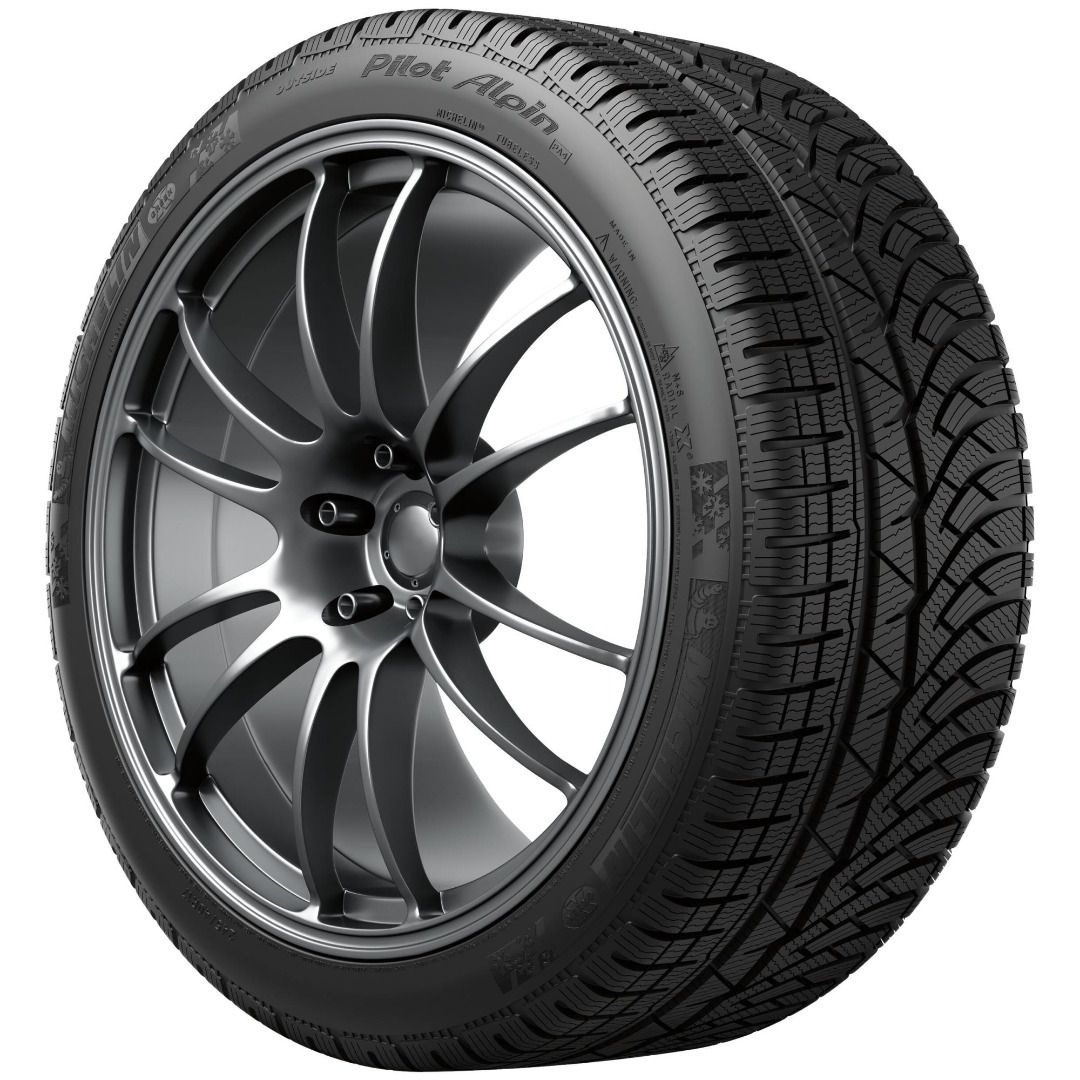
Photo by Michelin Media
Load Index Ratings
If you regularly load your car, SUV, or truck with a lot of stuff, you will want to make sure that the tires on your vehicle have an appropriate load index rating. This two-digit number and letter are located just to the right of the tire size code.
The number is the load index, and it ranges from 0 to 150. The number corresponds to the weight that tire can support. A load index of 0 means 99 pounds, or roughly a wheelbarrow load. A load index of 100 is 1,764 pounds. Multiply the load index rating by 4 and you'll get the total load (including the vehicle) that your tires can support, so that load index of 100 is 1,764 times 4, or 7,056 pounds. That's about right for a full-size pickup. The letter just tells you how many plies the tire has; more plies generally means more load capability. Generally speaking, a tire's load index goes with its size, so if you get the specified tire size for your vehicle, the load rating will be OK. The exception is usually SUVs and pickup trucks that haul heavy loads. Be sure to talk to your tire dealer about how you use your vehicle.

Photo by Zigmunds - stock.adobe.com
Checking Tire Wear
It's a good idea to check your tires regularly. If your tires are newer, you can just walk around the car and look at them. Try to notice if any appear low, and believe your tire pressure monitor when it says you have a low tire.
If you start to see bulges or bubbles in the sidewall, or the tire starts to feel out of round as you drive, go to a tire shop right away. Also, cracks in the sidewall rubber are a sign of age and UV damage to the rubber. Running for long periods with too much or too little air pressure will also wear out a tire quickly. Finally, check the tread depth. Look for wear bars, which are raised bars running across the tread. When the wear bars are even with the tread face, your tires are worn and need to be replaced. You can also check tire wear with a penny or a quarter. Put the coin in with the president's head down. If you can see the top of Lincoln's or Washington's heads, your tires are worn.
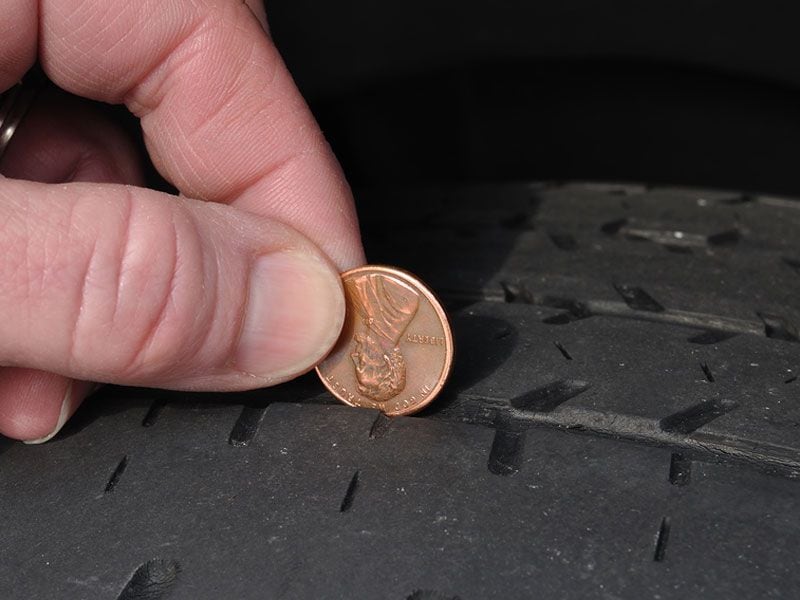
Photo by Adobe Stock
How to Make a Good Choice When Replacing Tires
You know a lot more about tires now, but that might not be helping much when you have to choose a brand and a style of tire. The first thing to do is take some time and have a discussion with your tire dealer, or try several tire dealers.
Tell the dealer about your vehicle and how you use it. The dealer will know the weather in your area, but do you drive your vehicle in the country or the mountains? Do you park it inside or outside? Do you ever carry heavy loads or lots of people? Ask what tires are known to be quieter. Road noise causes fatigue and many people who think their cars are noisy are surprised when a better set of tires fixes that problem. Finally, ask about price ranges. You might be surprised at how affordable a good set of new tires can be.
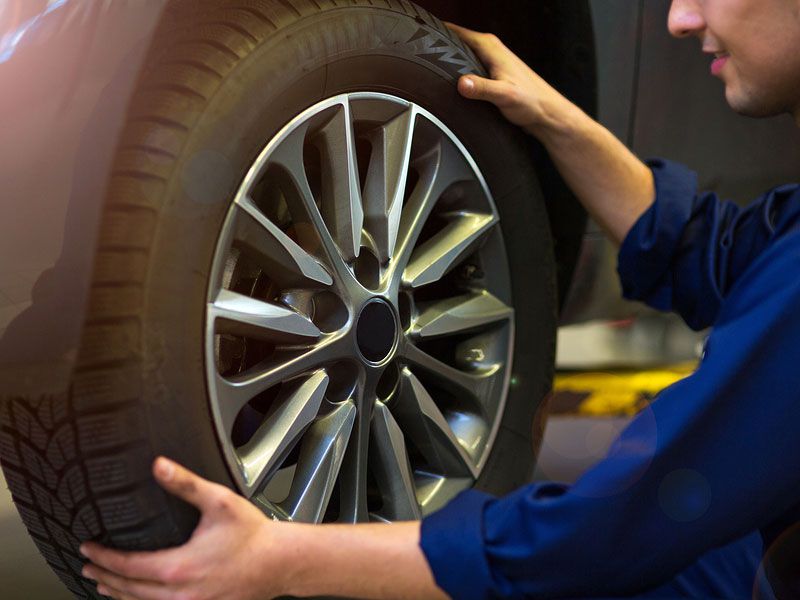
Photo by Adobe Stock
Remember These Things
To recap, here are the important points to remember from Tires 101:
- The correct tire specification for your vehicle is printed on the door jamb.
- Make sure your tires can handle your winter weather.
- Check the load rating if you haul heavy loads.
- Check your tires regularly and keep them filled to the pressure specified on your door jamb sticker
- Plan on buying new tires when the wear bars start to show, or when the tires show other signs of age. Your tire dealer will be happy to inspect them and let you know.
